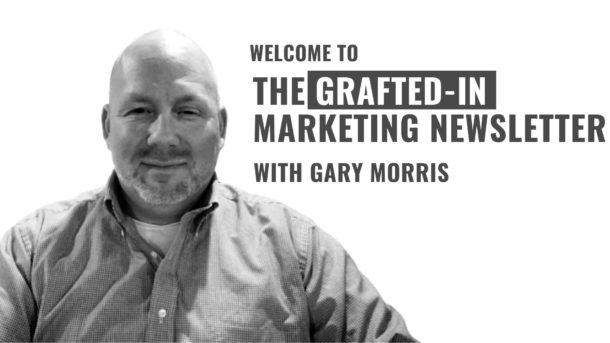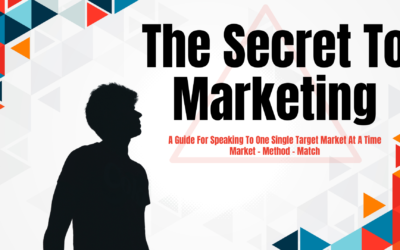Have you been left scratching your head trying to figure out why your email marketing strategy isn’t working?
Email marketing has been all-important in advertising over the last two decades. But this also means that people’s inboxes are now flooded with mail that is pitchy, that doesn’t provide value, and that simply gets ignored. Thankfully, there is good news.
By flipping old-school email strategies on their head, you can write emails that your audience wants to respond to. All you have to do is address their problems in a unique and personalized manner.

We are here to give you some guidance on crafting your email marketing strategy so that it gets results.
Down with “pitchy emails”
When email marketing fails, it usually fails big time. Bad attempts often result in emails that are impersonal, too general, and even tone-deaf. These generic email blasts run the risk of alienating both existing and potential customers.
Remember, email lists are all about reaching your future clients and creating future business.
One example of email marketing gone wrong is this Father’s Day-themed email by Macy’s.
The email isn’t personal at all and is instead aimed at a general audience. It isn’t addressing a client’s specific needs. Besides this, it overwhelms the reader with information. A reader wouldn’t be sure where to look or what to respond to.
These types of emails aren’t necessarily going to cut it anymore, especially if you are a small business.
Crafting an effective email marketing strategy
Don’t lose hope if your email marketing isn’t showing the results you want. According to a report by Fluent, 68% of millennials have had their purchasing decisions influenced by marketing emails. It is a powerful medium. You just need to find the sweet spot.
And keep in mind that you don’t have to do it all alone. Marketing can feel like being lost in a maze. So if you feel stuck, reach out for expert advice.
Here we are going to focus on taking a client-centric approach to email marketing.
The client-centric approach
From customer service to advertising, client-centered is the way to go nowadays. In a market with so many competitors, this is how you stand out. Put your existing customers, as well as your future customers, first.
If you do this in your emails, you will get more responses. In the end, this means you will get more conversions.

Keep it personal
Studies have shown that consumers prefer, by far, emails that involve products and services that are relevant to them. And you want to take this even further by addressing each person on your list by name.
For example, “Hi John” will make your client feel more special than “Dear Customer.”
You want to show your audience that you value them and that you can provide personalized solutions for their problems.
Succinct and concise
Part of caring for your audience is demonstrating that you value their time and attention. Therefore, you want the majority of your emails short and sweet. Don’t bombard them with sale pitches and drown them in offers.
Instead, try to keep it focused on a single or at most a handful of key points. This will also make sure that your message is clear.
The question
Clearly, you want to keep your emails simple. To create an effective email, you only have to ask one question. It should be a question that addresses a problem or need that is relevant to that individual. And of course, this problem or need should be one that you can help with.
Don’t be afraid to limit the email to this one question. Simply add a call to action or some basic information on how your products or services can help them solve their concern. No one likes leaving things unresolved. That’s why this email strategy can be so impactful.
Chances are that people will not only respond to this email but will end up also buying the relevant product or service.
Overall then, your goal is to construct a concise email that expects a response.
Here are some examples of the types of questions you can ask:
- Are you still struggling with insomnia?
- Have you found a daycare for your dog?
- Do you still need to clean your carpet?
Your email will, therefore, look something like this: “Hi Nicole, Have you found a fitness plan to help you lose weight?”
Put value front and center

Significantly, as we’ve suggested, you want to make sure that you offer a solution to your audience’s problem. You don’t want this to get lost in a jumble of words and content. Your email should provide value and do so in an accessible way. (To do this, you have to apply proper segmentation).
Continue the conversation
Think about your email campaign as engaging in a dialogue with your audience. You don’t want it to be a one-way conversation. And you also don’t want it to come to a premature end. Instead, you want to keep it going.
Sending weekly emails can help you do this.
Care about your audience
A good email marketing strategy aims to help you build a relationship with your audience.
That’s why you have to start thinking beyond the quick sale. You have to think long term. If you want your business to grow, show your audience that you are ready to provide personalized solutions to their individual problems.
Take the guesswork out of advertising by learning more about its core principles.




